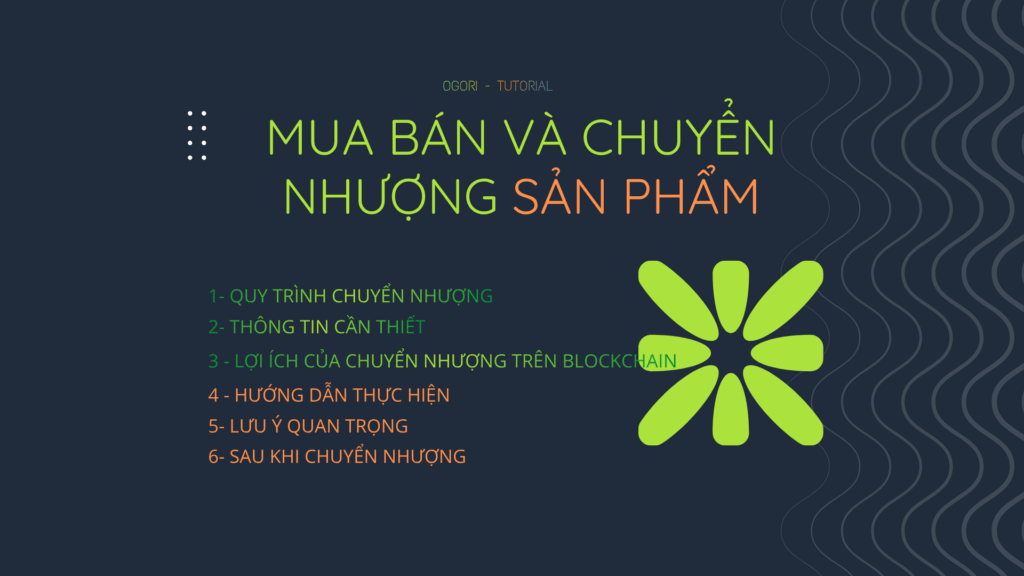Standard TCVN 12850:2019 is an important tool to help organizations and businesses ensure the management and tracking of product origins, thereby improving quality, protecting consumers and promoting sustainable development in the supply chain.
National Standard TCVN 12850:2019 prescribes general requirements for traceability systems, to help organizations and businesses build and maintain these systems to ensure tracking, monitoring and proving the origin of products and goods in the supply chain.
Objective of this standard:
- Ensuring transparency: Ensure that all information about product origin can be easily traced and verified.
- Quality management: Helps organizations control product quality throughout the production, processing, transportation and consumption process.
- Compliance with laws and requirements: Support businesses to comply with legal requirements, international standards and customer requirements on traceability.
Main requirements in TCVN 12850:2019:
- Building a traceability system: The system must include processes, infrastructure and tools to collect, store, manage and provide information on product origin.
- Information to be stored: Information that needs to be stored in the system includes: information about raw materials, production processes, transportation, distribution and product consumption.
- Ability to retrieve and look up information: The system must allow traceability of information on product origin from the point of production to the final point of consumption.
- Accuracy and reliability: Information on origin must be accurate, reliable and verifiable across different data sources.
- Information security and safety: The system needs to ensure data security, avoiding revealing important information or making it susceptible to incorrect changes.
- Standards and certifications: The traceability system needs to comply with international standards and specific requirements in the industry in which the business participates.
- Testing and evaluation: Periodic testing mechanisms are required to ensure that the system operates effectively and meets traceability requirements.
Benefits of applying TCVN 12850:2019:
- Strengthening consumer confidence: When consumers can easily trace the origin of products, they will have more confidence in the quality and transparency of the products.
- Improve management efficiency: Organizations can control, manage, and optimize their supply chains more effectively.
- In accordance with international requirements: Businesses will easily meet traceability requirements when entering the international market.
TCVN 12850:2019 It is stated that the traceability system includes the activities of product identification, collection and storage of information on product status over time and location to manage information on food quality and safety.
In the context of international integration, traceability increasingly affirms its important role in socio-economic development. In which, traceability is the ability to identify a product unit through each stage over time in the entire supply chain.
The traceability system includes the activities of product identification, collection and storage of information on product status over time and location to manage information on food quality and safety. Building an effective traceability system is an effective measure to help businesses and organizations manage production and business activities, manage product quality and safety; manage interactive relationships internally as well as with parties involved in the supply chain, provide information transparency and enhance business reputation.
Accordingly, the national standard TCVN 12850:2019 on Traceability - General requirements for traceability systems is built on the basis of reference to the GS1 Global Traceability Standard (Ver 2.0). TCVN 12850:2019 was compiled by the working group on Traceability, proposed by the Directorate for Standards, Metrology and Quality, and promulgated by the Ministry of Science and Technology.
Regarding the scope of application, this standard specifies general requirements for the traceability system in an organization as well as the entire supply chain, applicable to all production and business sectors, regardless of the size of the organization or supply chain. At the same time, this standard is applied concurrently with national standards on traceability for each sector and product.
TCVN 12850:2019 clearly states that the traceability system must ensure the following four principles:
The first is the principle of one step before - one step after, which means ensuring the ability to monitor and identify the previous production and business stage and the next production and business stage in the production and business process for a product or commodity.
Monday is the principle of master data element availability, which means that master data elements must be collected, stored and updated promptly in detailed reports of important events in the production process and supply chain.
Tuesday is the transparency principle, meaning that the traceability system must achieve minimum transparency requirements by using static data about customers, suppliers, products and production conditions.
Wednesday is the principle of full participation of traceability parties, meaning that the traceability system must have the full participation of the organization's traceability parties.
Stakeholders in the traceability system may include: Quality and safety management; Legal departments concerned with legal and organizational requirements; Customer relations departments that need to share relevant information; Departments tasked with anti-counterfeiting, supply chain security or brand protection; Social responsibility departments specializing in ethical and environmental issues; Product lifecycle management departments; Departments responsible for transportation and logistics; System management and development departments.
Also according to TCVN 12850:2019, regarding the requirements for the scope of the traceability system, the organization must determine the scope of the traceability system, including: The number of steps before and after the organization's supply chain needs to share data; The number of traceability parties participating in the organization or supply chain with which the organization needs to interact directly; The main components, packaging and indirect materials that the organization needs to track; The need to integrate data sharing with end users of the system.


